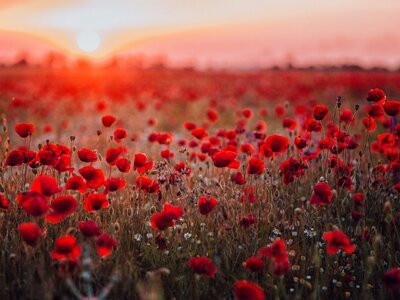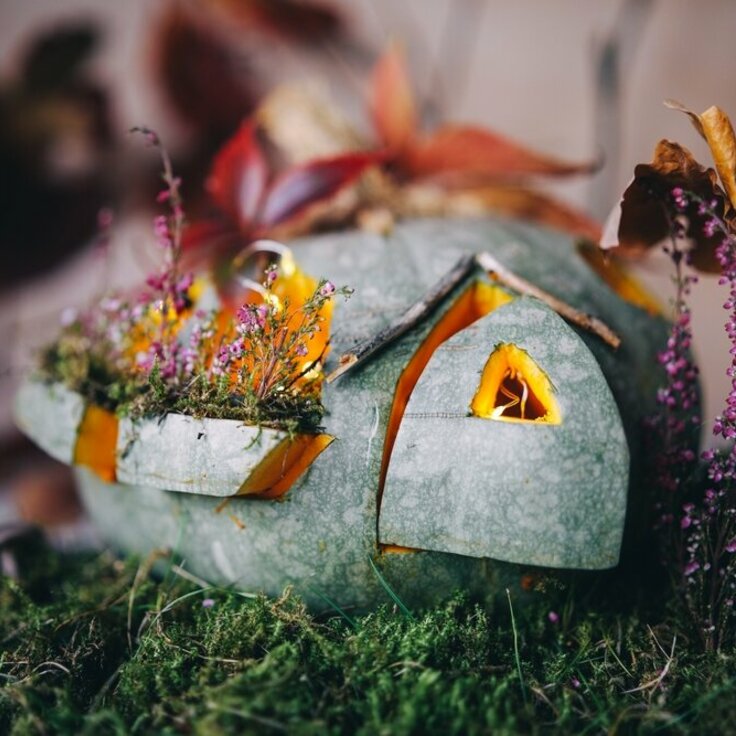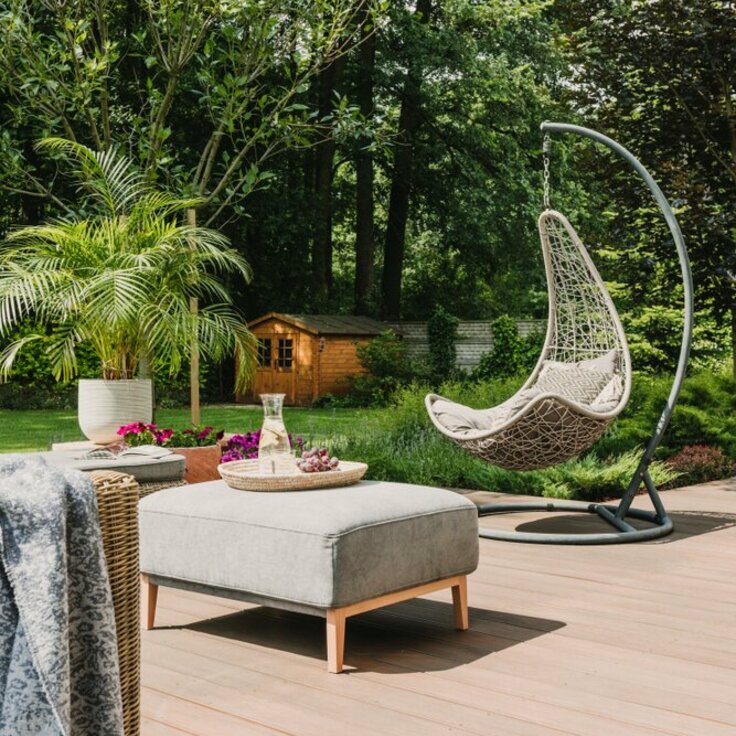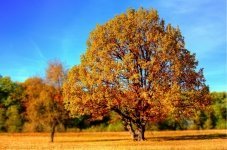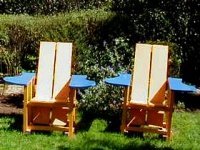Blooms Until Frost
How many times have we been encouraged by garden writers to choose plants with a long bloom season? Here are some suggestions will inspire you to have your gardens filled with color for more months than ever.
Perennial Standbys
Of course, blooming chrysanthemums can always be bought each year and put into the garden, while hardier types will reappear year after year. More and more types of asters are become readily available, both short and tall. Tall sedums are an indestructible perennial. To keep them from flopping just as they bloom, insert a plant ring around them in the spring.
A great choice for height in the fall garden is Patrinia scabiosifolia. The 3- to 4-foot stems bear clusters of small, yellow flowers from August until frost that rise above clumps of leaves growing about 18 inches across. Reblooming iris are another good choice, although it may be disconcerting to some people to see iris blooming at this time of year. There are a dozen or so widely available varieties in a range of colors.
For those of you who can get past the assumptions that goldenrod is just a weed and that it causes hay fever (the real culprit is ragweed), then one of the cultivars of goldenrod should definitely be chosen for the spectacular golden hue it brings to the garden in fall. 'Golden Fleece' grows about a foot tall and makes a great ground cover, while the aptly named 'Fireworks' grows 3 to 4 feet tall with 18-inch-long arching spires of brilliant yellow flowers. This variety was the top-rated goldenrod in trials at the Chicago Botanic Garden.
Shrubs for Fall Color
The most spectacular and dependable of fall-blooming shrubs is the blue spirea, or caryopteris. Like butterfly bush, it usually dies back to the ground in winter in our region, but with this wood pruned off, new wood arises from the hardy roots. By the end of summer, the plants form mounding shrubs 2 to 4 feet tall and as wide. The entire length of the stems bears flowers in shades of blue, lavender, or purple, depending on the variety. The cultivar 'Arthur Simmonds' has been found to be the most reliably hardy by the Chicago Botanic Garden. 'Longwood Blue' is another popular variety, while 'Dark Knight' has deep purple flowers. 'Sunshine Gold' is the best variety for golden yellow leaves. There is also a cultivar with leaves edged in white called 'Snowflake', as well as 'Snow Fairy' with even more white on the leaves; both of these should be treated as annuals in our area. Caryopteris grows and blooms in full sun to light shade.
One of the most spectacular plants for late summer and fall color is that southern standby, the crape myrtle. Fortunately, hybridizers have been breeding hardier types, so we can reliably grow them in our area. The cultivar 'Pink Velour' flaunts its amazing mass of bright pink flower into the fall. This variety will grow 8 to 12 feet tall, but there are other ones that stay smaller. Among the newer varieties of hardy crape myrtles, consider those in the Razzle Dazzle series.
The rose-of-Sharon is an old-fashioned, long-blooming shrub that has a bad reputation for reseeding about the garden. One of the best varieties that doesn't have this problem is the white-flowered 'Diana'. 'Aphrodite', a dark pink with dark red eye; 'Helene', a white with maroon eye; and 'Minerva', a lavender-pink with a dark red eye are others in this series. 'Li'l Kim' is a new cultivar that grows to only 3 feet tall.
Ornamental Grasses
Ornamental grasses may be old hat to some gardeners, but not only are they seemingly indestructible, they also add a beautiful softness and movement to the garden from summer until the following spring. The maiden grass, or miscanthus species, were what most people grew at one time, but concerns about their escape into the wild means their use should be limited. Much better to choose from among the many native grasses that are available in a wide range of sizes.
Of the native grasses, first consider the panicums, or switch grasses. Grow these in full sun. Although they grow best in moist, fertile soil, they adapt to a wide range of soil conditions. The species, Panicum virgatum, grows to 5 feet tall. There are a number of new varieties in a range of sizes as well as foliage and flower color. 'Cloud Nine' will reach 7 feet tall and has gray-green leaves. 'Heavy Metal' is more columnar in growth and reaches 4 feet in height. 'Prairie Sky' is noted for its blue leaves that reach 5 feet. 'Rotstrahlbusch' and 'Shenandoah' have leaves tinged with red on plants 4 feet tall. The leaves of 4-foot 'Squaw' turn a deep burgundy in the autumn. Both 'Squaw' and 'Shenandoah' have flowers tinged with pink.

